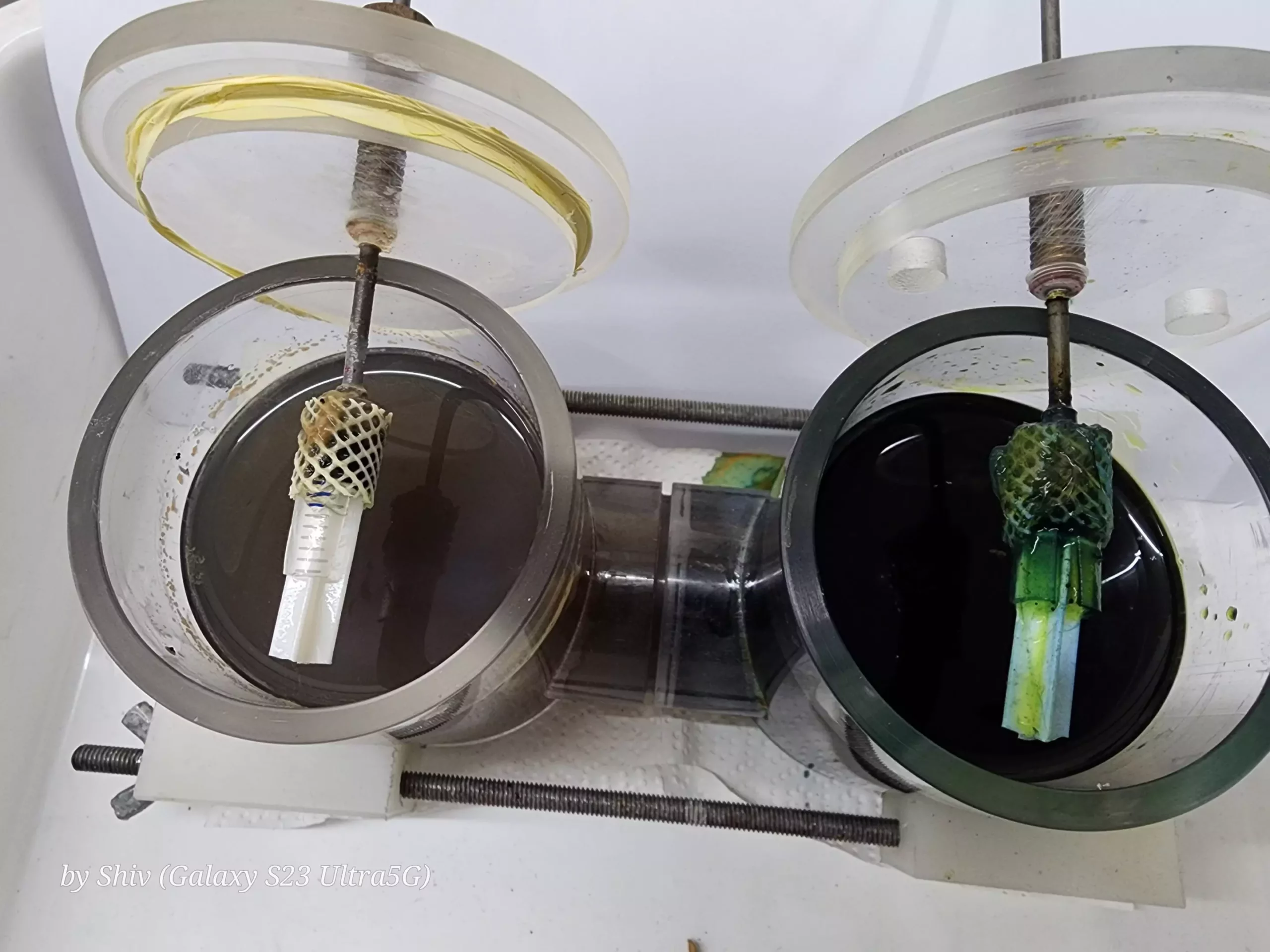As humanity grapples with an ever-increasing array of environmental issues, it becomes clear that innovation is key to unlocking sustainable solutions. At the heart of this shift lies the idea of turning waste—often perceived simply as a problem—into a valuable resource. Among the promising technologies that embody this potential is the concept of microbial fuel cells (MFCs). These bioelectrochemical systems utilize microorganisms to convert organic waste into energy, presenting a dual solution for both power generation and wastewater treatment. Recent research highlights significant advancements in this field, specifically through the development of new materials that enhance the efficiency of MFCs.
The Science of Microbial Fuel Cells
Microbial fuel cells operate by harnessing the metabolic processes of bacteria to generate electricity. This electricity is produced as bacteria break down organic substrates in wastewater. Through this process, MFCs serve a dual purpose: they reduce the volume of harmful waste while simultaneously generating power. One of the latest studies has focused on enhancing the performance of these cells through the introduction of innovative spherical capacitive electrodes made from NiO-N-CNF/ACB materials.
The primary takeaway from this research is the remarkable performance achieved with these new electrodes. They facilitated a substantial open-circuit potential (OCP) of 0.8 V and an impressive power density of 2,900 mW per cubic meter. Such figures highlight the effective electron transfer capabilities of the electrodes, which allow for the extraction of energy from waste with unprecedented efficiency.
Understanding the Breakthrough Material
What distinguishes the NiO-N-CNF/ACB electrodes from traditional materials is their unique composition and surface characteristics. The synthesis process involved suspension polymerization, which resulted in a capacitive structure that greatly enhances the surface area available for bacterial adhesion. This large surface area is crucial as it allows electroactive bacteria to form a thick biofilm on the electrodes, significantly boosting the capacity to generate electricity.
The incorporation of nickel oxide (NiO) plays a pivotal role in this system. The NiO, combined with graphitic carbon nanofibers, not only aids in the efficient transfer of electrons from the wastewater to the anode but also enhances the overall metabolic activity of the bacterial populations present. This synergy between the materials and the microbial community is what makes the MFCs so effective.
The potential environmental impact of these findings cannot be overstated. A 74% reduction in Chemical Oxygen Demand (COD) shows that microbial fuel cells paired with these advanced electrodes can drastically minimize organic contaminants in treated water. This capability directly translates to cleaner wastewater, which is beneficial for ecosystems and communities alike.
In traditional effluent treatment plants, energy consumption is often a significant concern. However, by incorporating MFC technology, facilities can reduce their overall energy needs, making both the treatment process and energy production more economically viable. This means transitioning toward systems that are not solely reliant on external energy sources.
The Role of Bacterial Communities in Efficiency
An intriguing aspect of this study is the identification of specific bacterial strains that thrive on the electrochemical interfaces created by the NiO-N-CNF/ACB electrodes. Bacteria such as Raoultella ornithinolytica, Serratia marcescens, and Pseudomonas aeruginosa have been found to play critical roles in forming effective biofilms, capturing electrons, and enhancing overall efficiency. This intricate relationship between bacteria and electrodes is essential for optimizing the performance of MFCs.
As researchers delve deeper into the microbial communities at play, they open the door for further improvements in MFC design and function. With a better understanding of these interactions, efforts can be targeted to refine both materials and operational strategies to maximize power output.
As we look ahead, the advancements in MFC technology demonstrate that the future of clean energy may lie in the very waste we once deemed worthless. The NiO-N-CNF/ACB electrodes showcase the potential to create scalable energy solutions within wastewater treatment plants, allowing them not only to clean water but to generate sufficient energy to power themselves.
This transformative approach revolutionizes the relationship we have with waste, turning it from a liability into an invaluable resource. The implications for energy policy, environmental sustainability, and economic growth are profound, presenting new avenues for innovation in how we tackle both energy and waste management challenges.
The ongoing research surrounding microbial fuel cells, particularly the advancements in materials such as the NiO-N-CNF/ACB electrodes, embodies a paradigm shift in our approach to waste and energy generation. It encourages a reevaluation of how we define waste and highlights the interconnectedness of ecological sustainability and energy solutions. The journey toward a cleaner, energy-efficient future is just beginning, and each discovery brings us one step closer to realizing the potential held in our waste streams. As we harness the power of microorganisms and innovative materials, the dream of sustainable energy generation may soon become a reality.


Leave a Reply